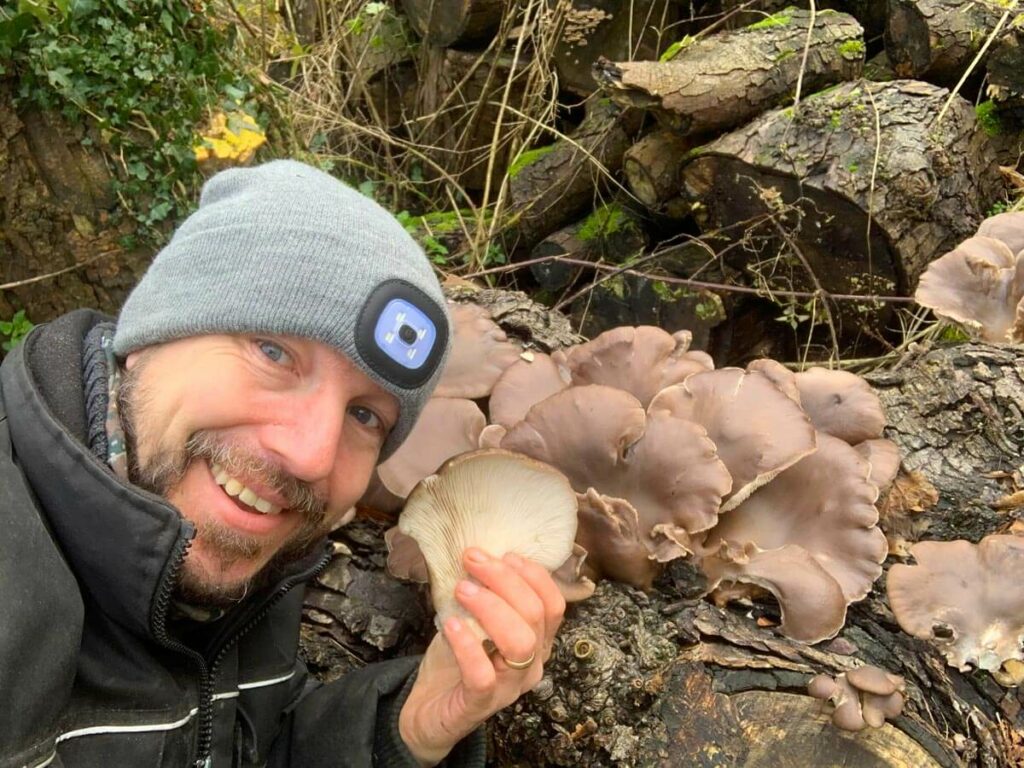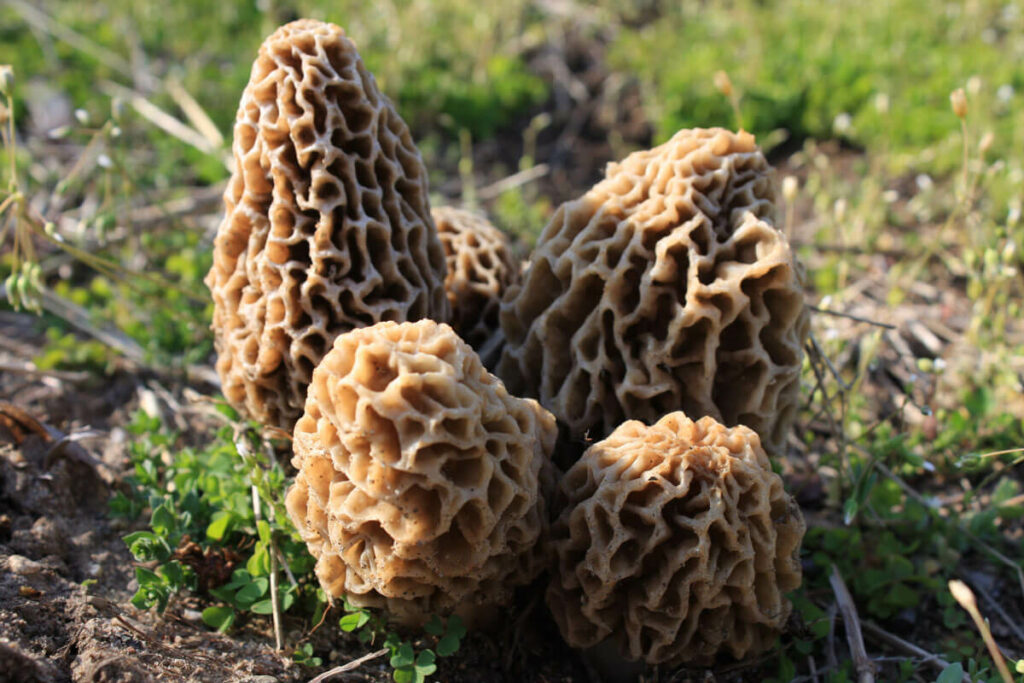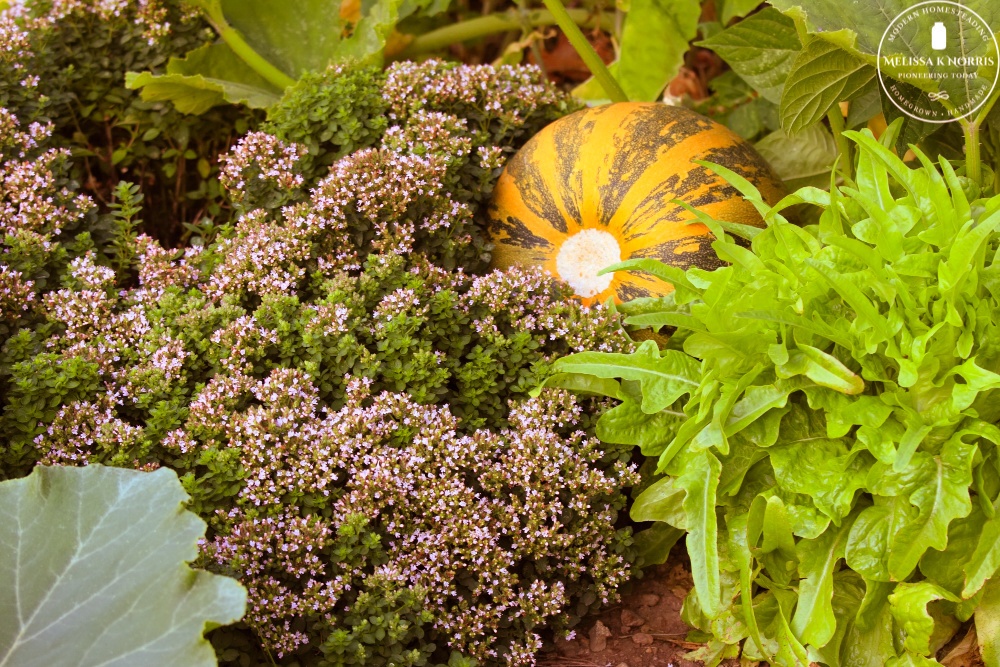Have you ever heard of someone doing a 30-day self-sufficiency challenge? On today’s podcast, I’m talking with Carl who, for 30 days, ate only foods he could either grow or source from his own property, or locally to where he lives. This included everything from beverages, fats, seasonings, and more!

I’m very excited to introduce you to Carl from Self-Sufficient Hub Homestead. He took to doing a 30-day self-sufficiency challenge where he could only consume or use products that were sourced on their homestead or locally to them, even down to their salt and spices!
It’s amazing what was gained and learned from a short 30 days that have actually stuck around and that my guest is still doing today.
Welcome to the Pioneering Today Podcast (episode #341) and my guest Carl, the host of the Self-Sufficient Hub Homestead Podcast and the Self-Sufficient Hub YouTube channel.

Table of Contents[Hide][Show]
About Carl
A little backstory here, but Carl does all of the things we’ll be discussing in today’s episode while also maintaining a full-time job. I share this because I think it’s important that people don’t eliminate the possibilities of what could be, simply because homesteading isn’t their full-time job.
Carl started homesteading on eight acres in the UK. But prior to moving, his family was similar to many other families we know who simply purchase their food from the grocery store and call it a day.
Within a year, his family established gardens, bred pigs, had a milk cow, planted perennials, and even started beekeeping. He says, “I basically jumped in with both feet and never looked back” but also shares that he and his wife really didn’t have any experience with homesteading prior to this.

30 Day Self-Sufficiency Challenge
Carl jokes that in order to become completely self-sufficient he would have to find a new job. Running his YouTube channel and podcast, or even recording this podcast you’re listening to would be impossible unless he mined his own minerals and ore and then created his own iPhone.
He’s not under the impression that all modern conveniences are bad, or that we should even be moving away from them. But he had a desire to bring more of what he could get control over into his own hands.
Carl documented his entire 30-day self-sufficiency journey on his YouTube channel. He shared that there were highs and lows, but he learned so much through it all.
His one “get out of jail free card” was that he could trade. Meaning he could trade food for food, of an equivalent value. But he couldn’t trade a potato for two spaghetti bolognese dishes. And he also couldn’t trade an hour’s worth of labor for food.
During that time he only traded some of their farm eggs for flour from the local bakery and some homemade goat’s cheese for honey (as their bees weren’t quite producing enough for their family at that point).
One of the biggest challenges he faced was in the daily preparation of the food. As mentioned, Carl worked a day job and was accustomed to buying his lunch while at work each day. Obviously, this was no longer a luxury he had.
He says the actual challenge of the challenge was the time everything took to process into a usable product to cook a meal.
I hope you enjoy this episode as much as I did. Please click through the resources below to follow Carl on his journey, and be sure to check out his 30-day challenge videos on YouTube!

In This Episode:
- We sometimes learn best from our mistakes!
- Wild edibles such as Woodhaven or Clove Root (Geum urbanum) – you can watch Carl’s video on this edible weed here.
- Mushroom foraging – you can learn more about foraging for morels here, and a great morel and asparagus quiche recipe here.
- Making salt from seawater (watch Carl make salt!)
- Alternatives for seasonings like pepper.
- Using Meadow Sweet in place of vanilla.
- Hogweed seeds to replace cardamom or coriander.
- Magnolia flowers for ginger.
- How to make rhubarb extract and other ways to use rhubarb.
- Many more benefits from Carl’s 30-day challenge.
[fusebox_transcript]



